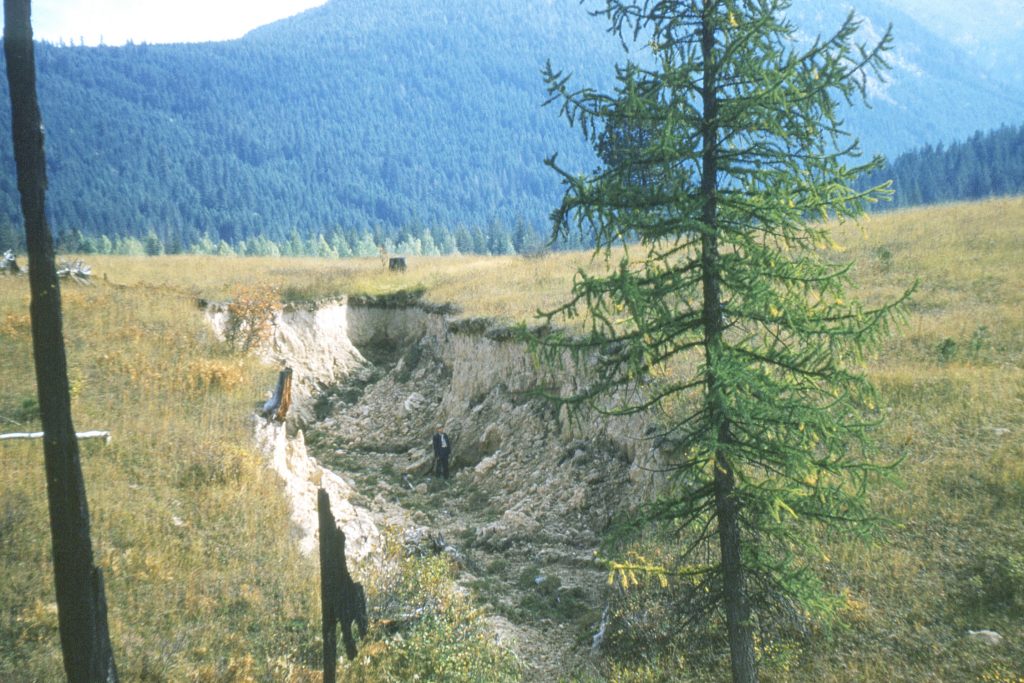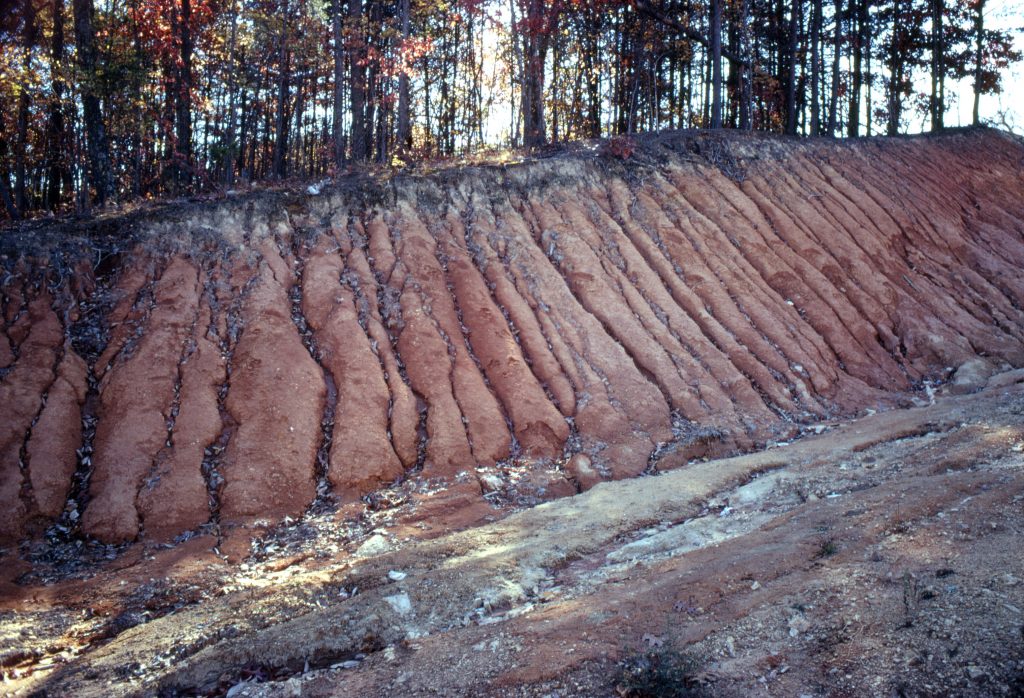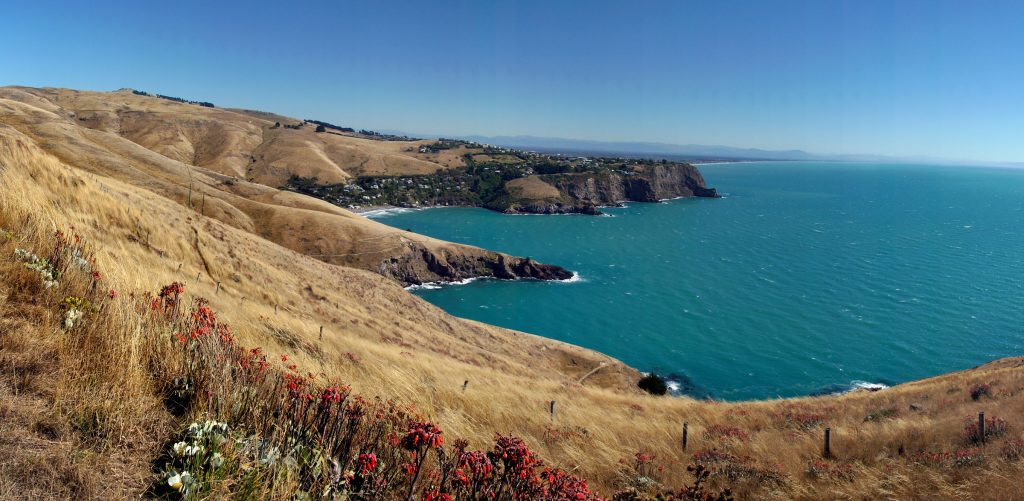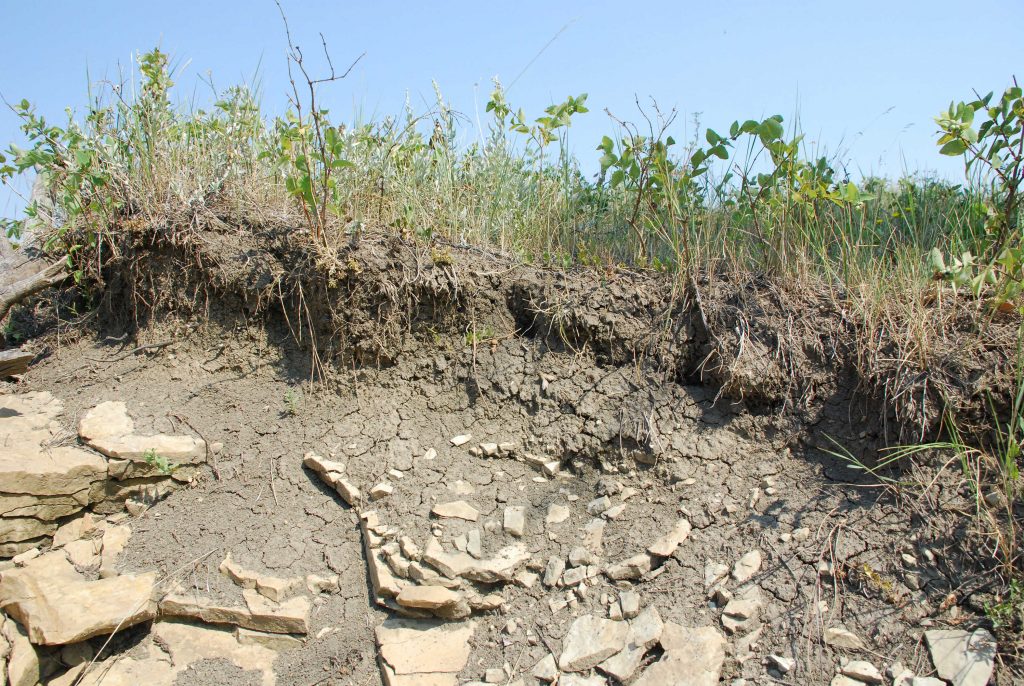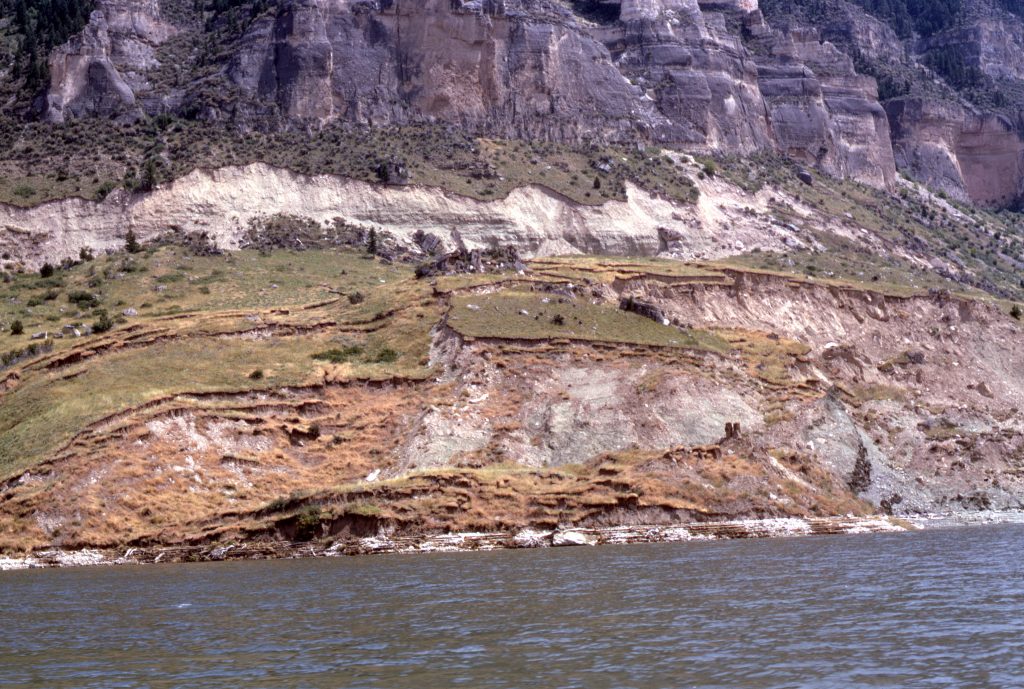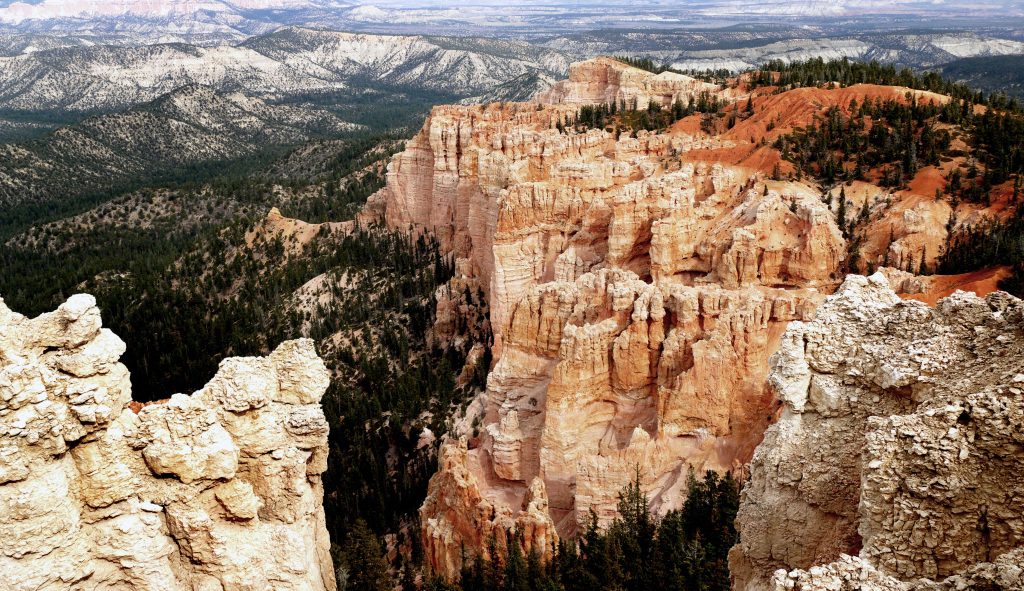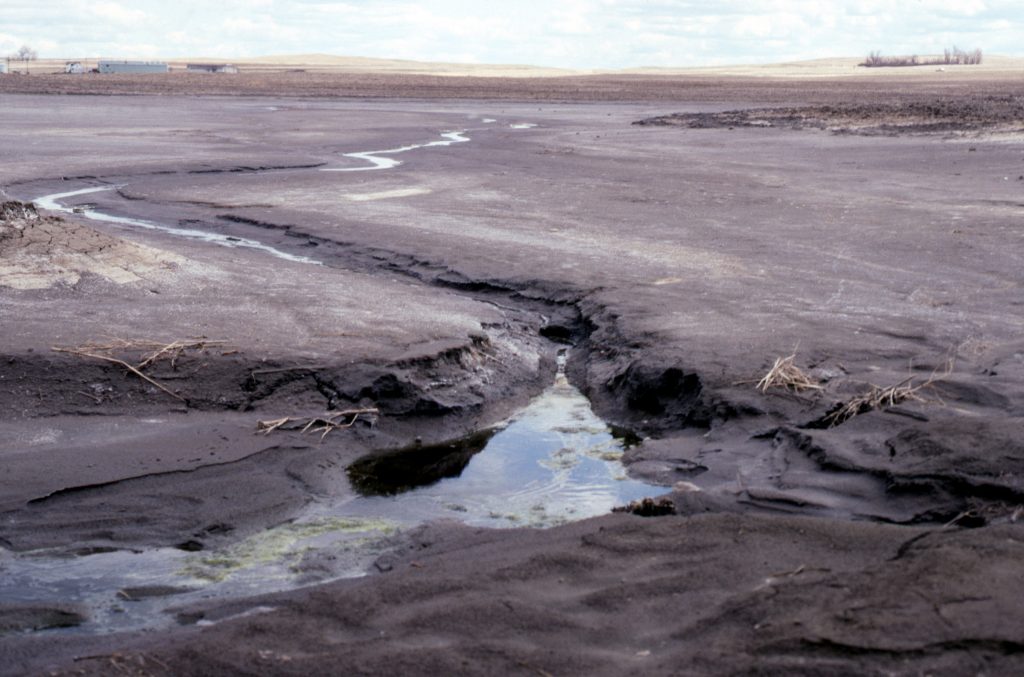Oxbow At Home Water We Eroding

Overview
Subjects Covered: Science, Engineering, Art, and Literacy.
Students will: Complete the water cycle, create their own water erosion, address the parts of a river
Standards
Water, Erosion, Rivers oh my! Take dive into the water cycle and how it affects our world.
The water cycle is the process and stages that water goes through! It is made up of
four stages that water is constantly ‘cycling through’. These stages are evaporation,
condensation, precipitation, and collection!
Water Cycle Steps
Evaporation is the process of a liquid (like water) being heated so much it turns into a gas (water vapor) This occurs when the sun’s heat warms up the water, causing it to rise into the air as water vapor. Think of a boiling pot of water and the steam coming off the top. That steam is evaporating water vapor.
Condensation is the process of a vapor or gas returning to a liquid state. In the water cycle condensation results in clouds in the sky. This happens as the evaporated water rises into the atmosphere and slowly cools off. As it cools it turns back into a liquid which creates the cloud in the sky. Create Condensation yourself! Think of the outside of a glass of ice water in the summer. Do you notice how water droplets from on the outside of the glass? This happens when hot air with water particles in it hit the cool glass causing the water vapor in the air to turn from a gas to a liquid. Take a glass of water and put ice in it. Set your ice water outside or in a warm place and watch what happens. How long does it take for condensation to form?
Precipitation is water being released from the clouds. This is how we get rain, snow, and hail! The water vapor particles turning into liquid get bigger and bigger and with the help of gravity fall to the earth. Depending on the temperature and weather condition we get rain, snow or hail!
Collection is when water is returned to the earth by our precipitation of rain, snow and hail. The water is collected and held in different areas like the soil (ground water), rivers, lakes and oceans!
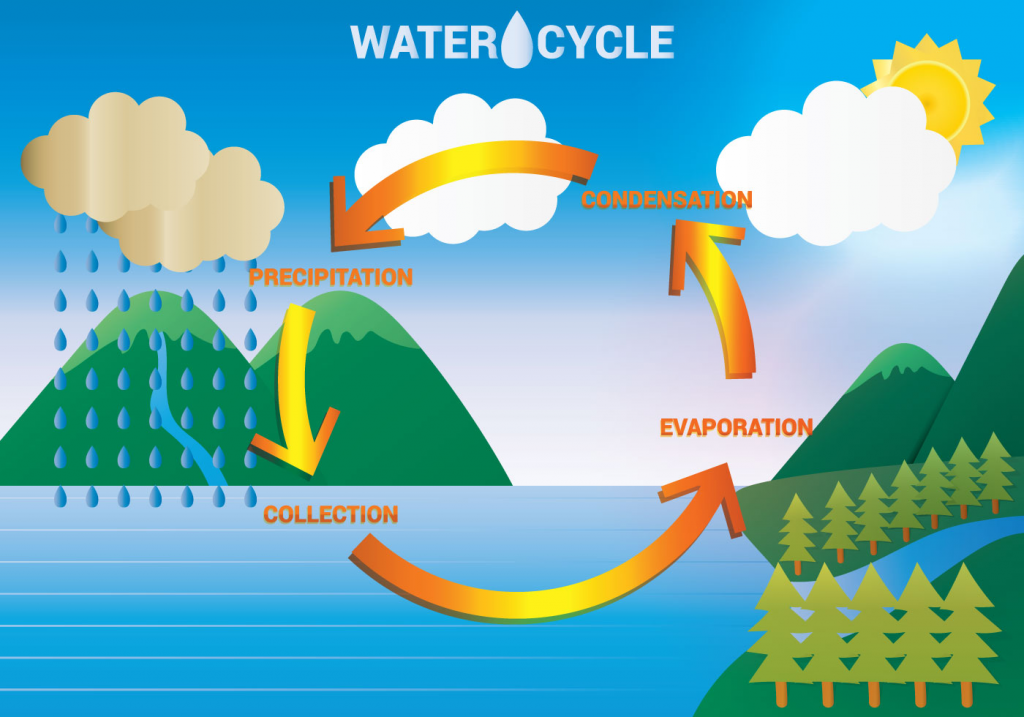
Water Cycle Dance
Now that we know the 4 steps in the water cycle let’s make some music and sing along as we review the water cycle and why it is important.
Test Your Knowledge
Test your water cycle knowledge. See if you can draw and label the water cycle! Try to fill it out without looking back at the definitions or image above and then see how you did!
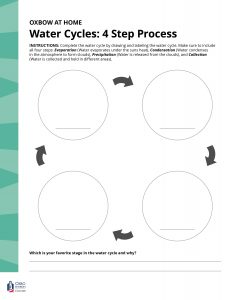
Where can you find an ocean without any water?
A map.
Erosion
Weathering and Erosion
Water in a solid form can also cause erosion! As water freezes into ice it expands. If water freezes inside a crack in a rock it can cause the rock to split and break off pieces of the rock!
Make your own Erosion!
Now it is time to EXPERIMENT! Let’s see how we can make our own erosion. Grab your materials and follow along
Materials:
- A Tub, large bowl or tupperware
- Some sand, dirt or substrate material
- A paper cup
- Scissors (use with adult supervision)
- Water
Instructions:
- Take your tub, bowl or tupperware and fill it about half way with dirt or sand.
- Create a slope by pushing more dirt to one side of the tub.
- Create some mountains, peaks or cliffs by moving the dirt around on the side of your slope with more dirt..
- Take your paper cup and poke a few small holes in the bottom of the cup with the scissors. Have an adult supervise or help you with this step.
- Hold your cup over the tub on the higher side of the slope with more dirt. Pour some water into your cup and let the water trickle out the holes in the bottom of the cup onto the slope.
- Observe what happens to your slope. Did the slope change? Did the dirt move? The water falling and moving the dirt and changing the slope is EROSION.
- Try it a few times using just a little water or using a lot of water. Which causes more erosion?
Erosion and Soil
We have seen how water’s movement affects just dirt. Now let’s look at what happens when it moves through other materials.
Which material eroded the most as water moved through it?
Which material eroded the least?
Why do you think some materials allow for less erosion to happen when water flows through it?
Water Filtration
Water sure has a hard job with all of this Erosion business. One of the many things
that erosion effects is our rivers.
Have you ever wondered how a river found its path?
Did you know a river’s path is constantly changing?
All of that is affected by the movement of water.
Let’s take a look at the journey of the river!
Parts of a River
The River Journey
A river is broken down into three different sections: The Upper Course, The Middle Course, and The Lower Course.
The Upper Course: This includes the start of the river. Rivers like to start in high places like the mountains where snow and ice melt and rain fills the river. The steep mountain shape helps gravity and the water flows down the stream. The upper courses is where you can find waterfalls, gorges, v-shaped valleys and rapids.
The Middle Course: Widening its path and slowing down a bit, the middle course is where you can find floodplains, oxbow lakes, and meanders. Columbus, GA is located in the middle course of the Chattahoochee River!
The Lower Course: The water here is at its slowest and includes the end of the river which can lead to the ocean. These wide channels can lead to larger flood plains, levees, estuaries and deltas!
There sure are a lot of parts to a river! Did you catch that there is a part of a
river called an oxbow? That’s right, an Oxbow, just like CSU Oxbow Meadows. That is
what Oxbow Meadows is named after! We have our own Oxbow lake just a ½ mile away from
us. Our oxbow lake hasn’t always been here though, it used to be a part of the Chattahoochee
river. I bet you’re wondering how the lake got separated from the river. Scroll down
and check out how our oxbow lake was formed!
Oxbow Lake
Alright now that you are all experts! You have learned about the four steps of the water cycle, Evaporation, Precipitation, Condensation, and Collection. You know that water moving can cause erosion to different materials and that that water erosion and movement is what causes changes in our rivers creating things like our oxbow lake! It is time to test your knowledge. See if you can get all the questions below right! I know you will do great!
